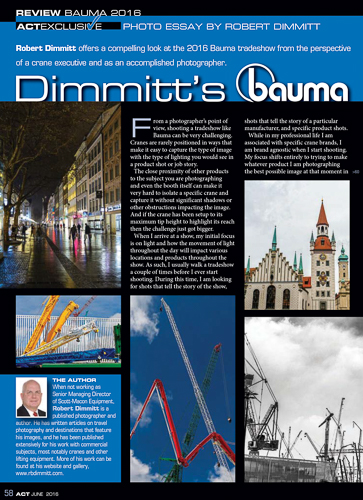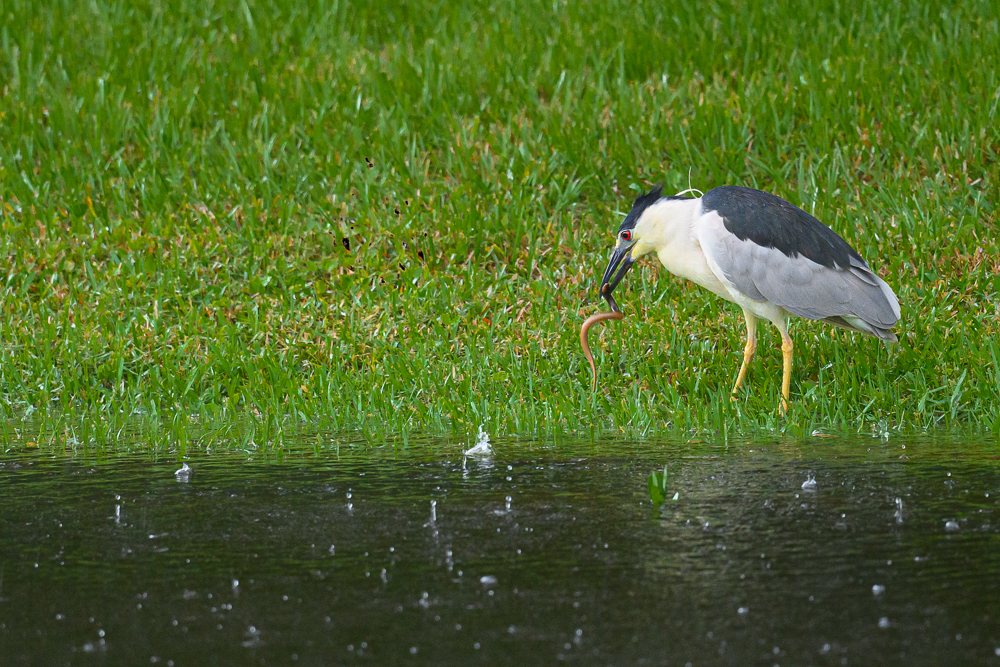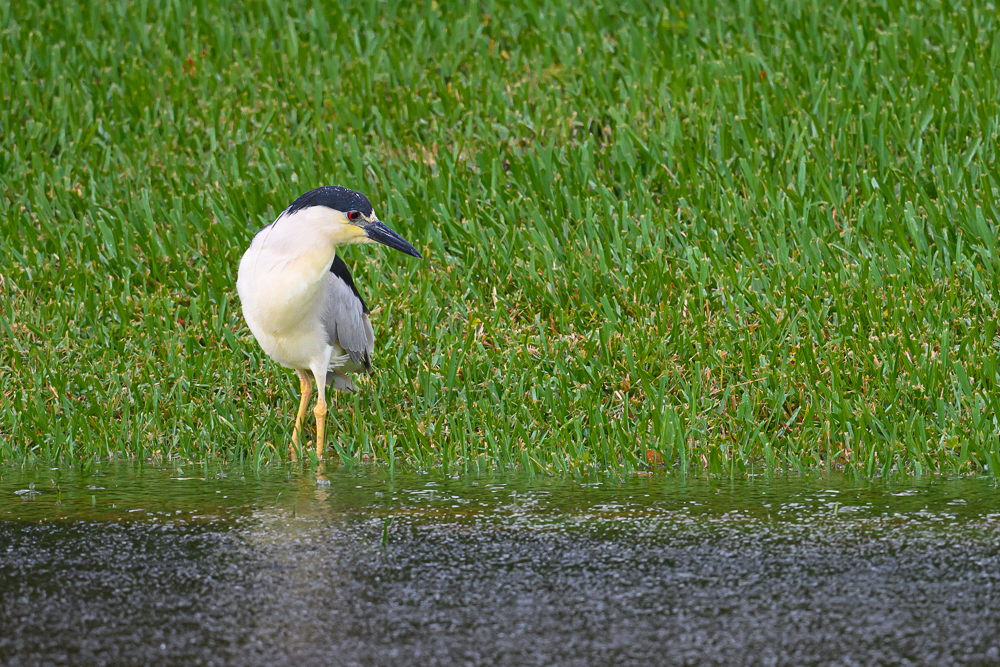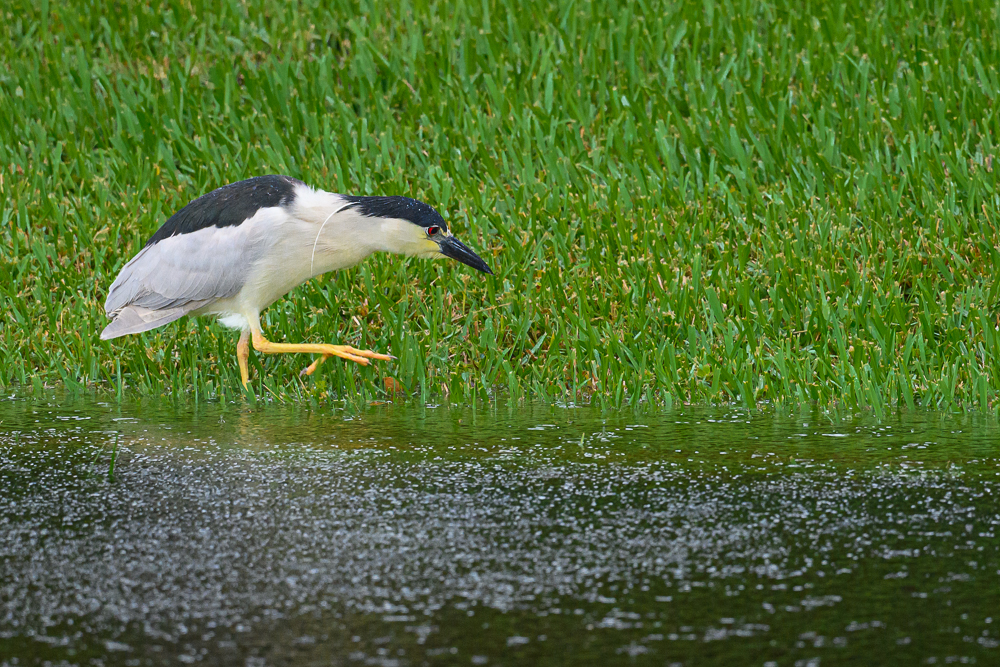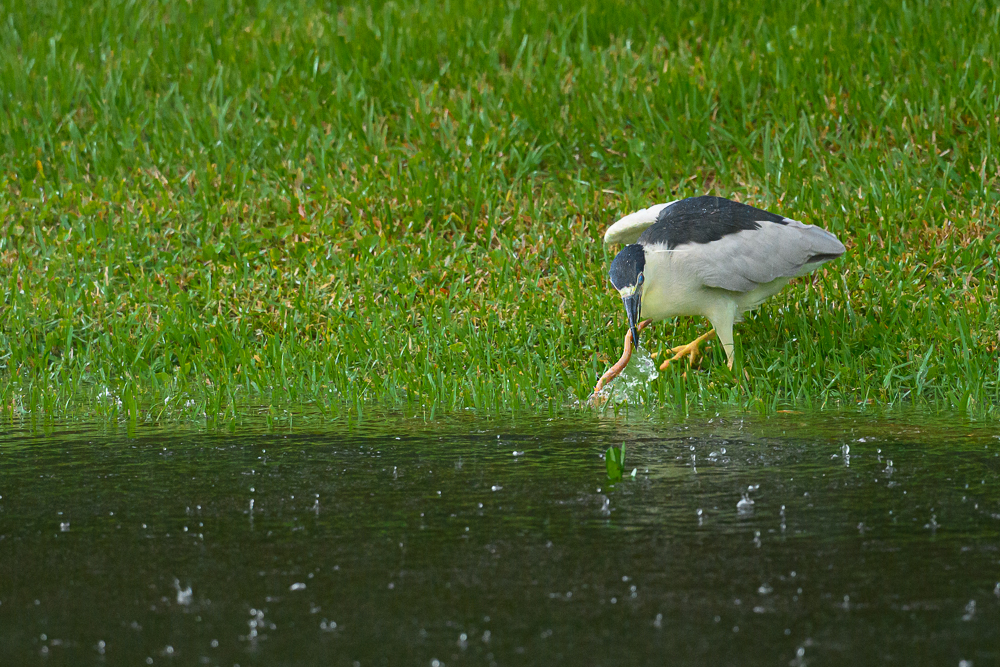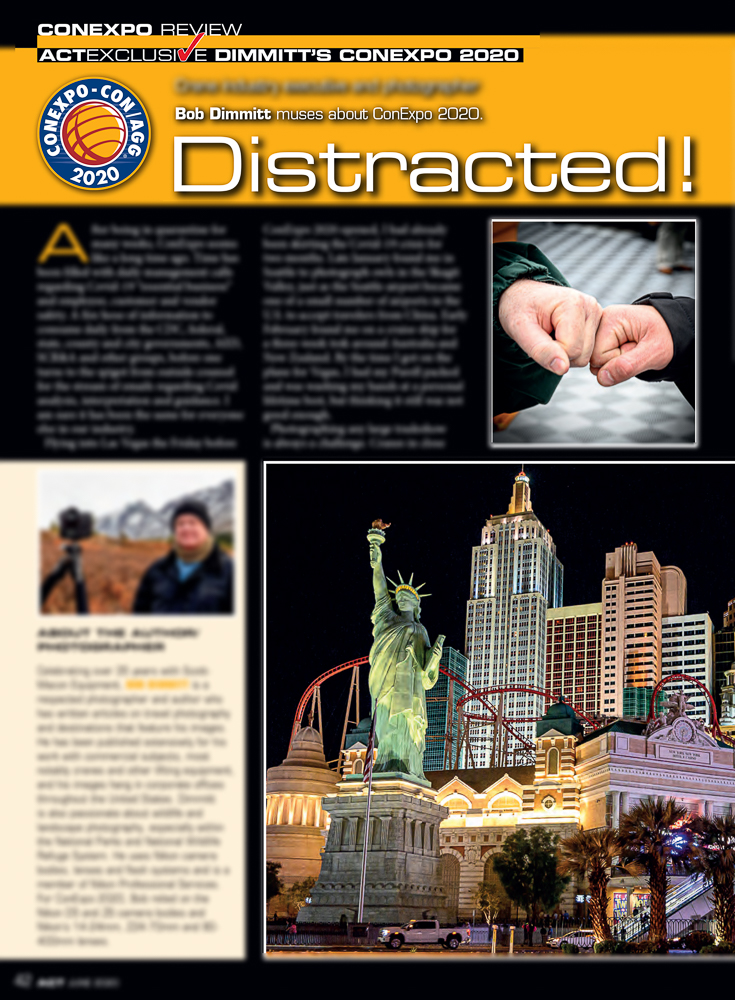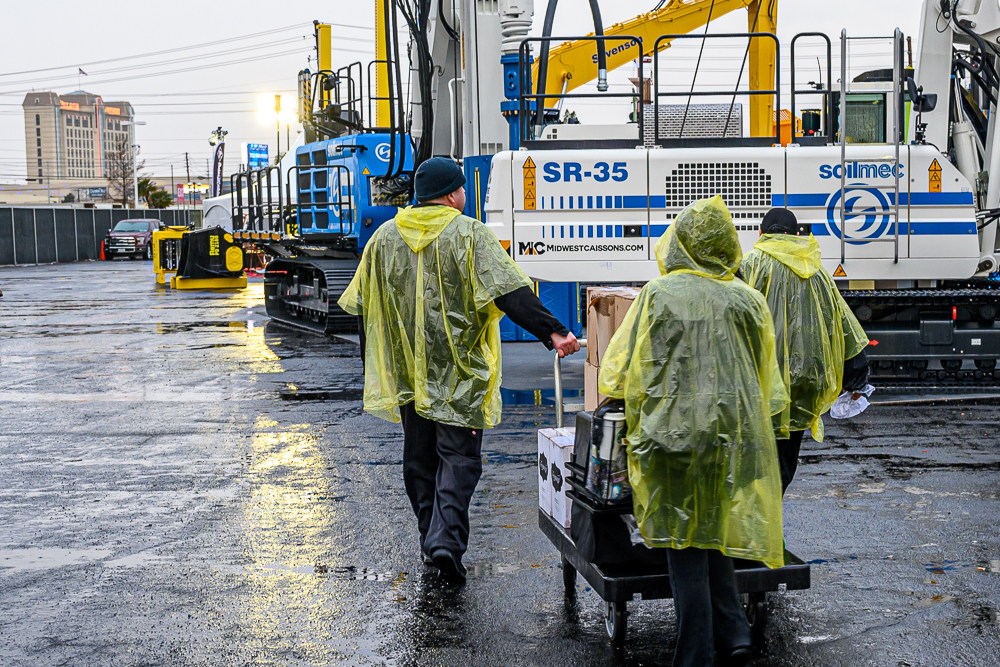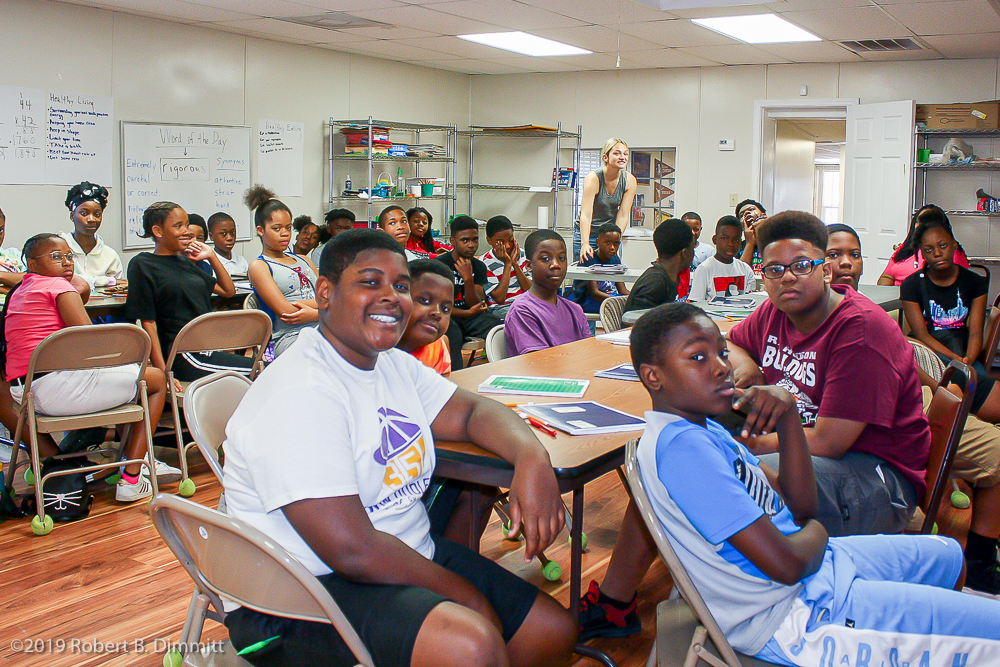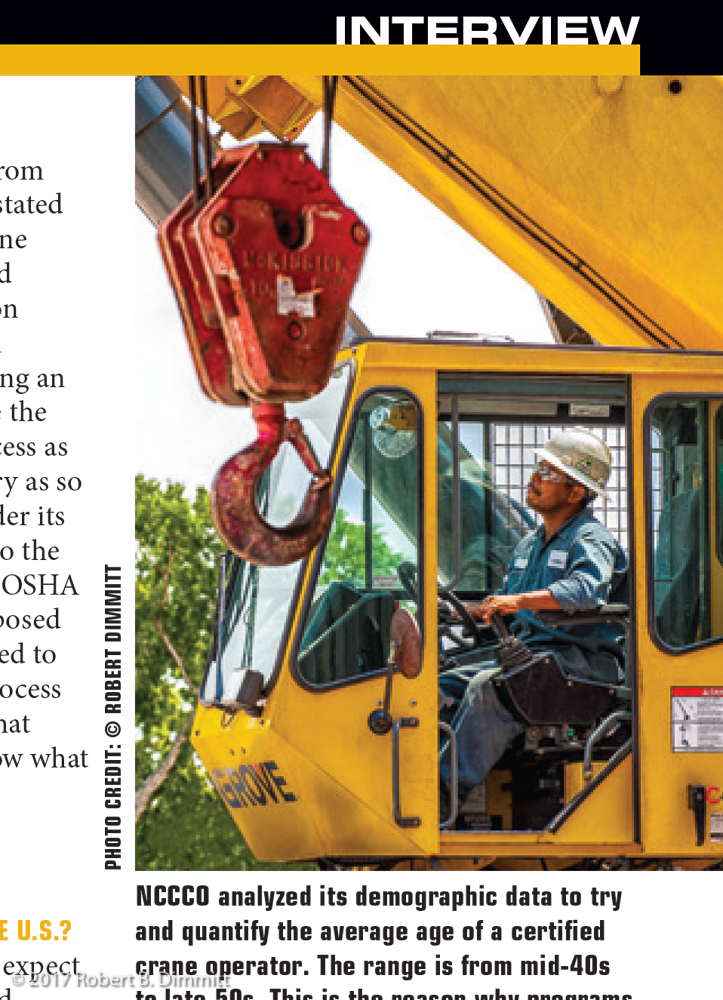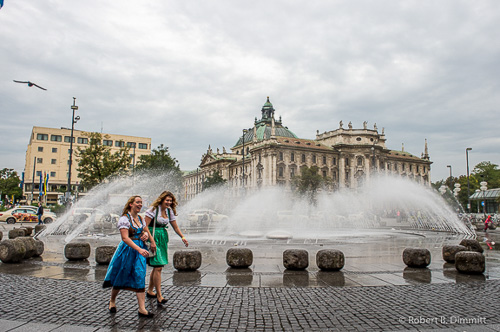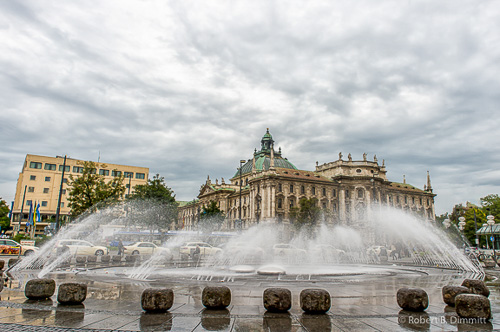The June issue of American Cranes and Transport is out.
June is their Annual ACT 100 issue and I was excited to have had the image I posted a while back, the “ass-shot” of the Terex AC-250, selected for the cover.
It’s also the culmination of quite a bit of work that I completed for them relating to Bauma, the largest construction equipment tradeshow in the world, held every three years in Munich. Even with all-access photo credentials, it was a challenge to shoot Bauma for a number of reasons. The weather certainly did not cooperate all the time, although the changing weather patterns created great clouds. Further, the show is BIG. The location of tradeshow booths can take up to a half hour to walk from one to another given the size of the show. And like any tradeshow, the amount of equipment packed into the show presents constant challenges in isolating specific manufacturers or products. And of course, with cranes being outside, time of day to take advantage of available light (when there was available light) created a shooting schedule in the morning and afternoon and, of course, the booths were never near each other. I set my personal best on my Fitbit the first day and then blew threw that on Day Three. Balancing between other commitments at the show and shooting added to the fun as well as the need to have all images processed within three days of the show ending – thank you Photo Mechanic and Adobe.
In addition to images that were selected for articles related to Bauma that appear in the June issue, “Dimmitt’s Bauma” is a 4-page selection of images from my submissions that were selected by the editor of American Crane and Transport to tell the story of Bauma from a photographer’s point of view. The article also includes a short article that I was asked to write as to how I approach a show of that size as a photographer. While I was aware that an article was in the works, the proofs arrived on my birthday and it was a great present to view what had been selected and how the article was laid out.

